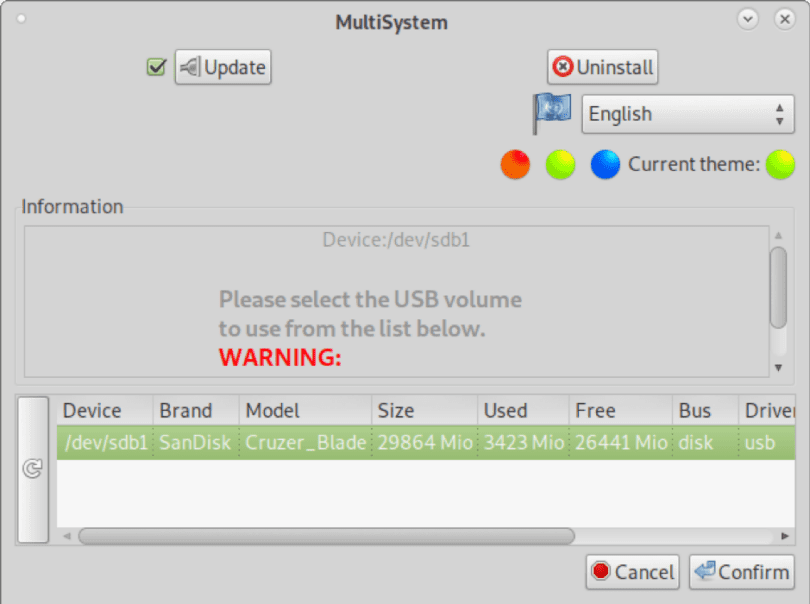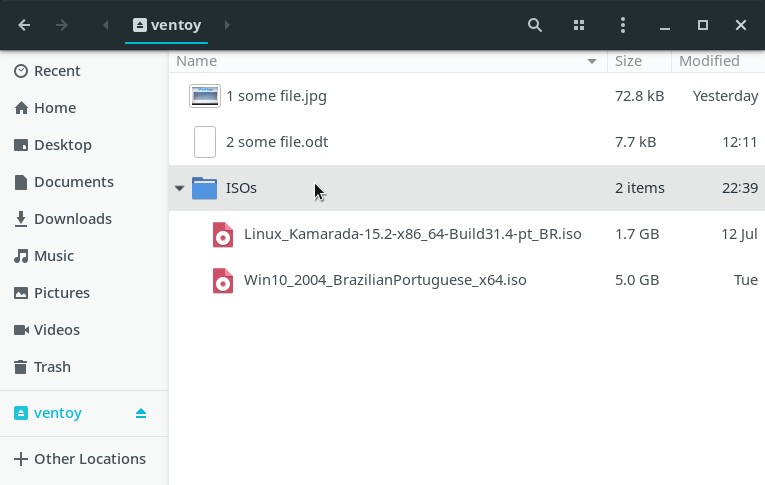

Also via one of the Ventoy tools called CreatePersistentImg a file is created, inside the same directory that the script is run and can be configured to be used on the formatted stick with the ISOs so that the live OS can install software. Ventoy has a couple of useful features – you can put several Linux ISOs onto the same stick and boot from any of them via the Ventoy boot splash menu.

Now there are a couple of tools you can try including:ī ut here we will have a look at Ventoy. Maybe in part 2 I could mention use of ventoy on a Linux box and persistence for a live Linux OS on a usb.
Ventoy linux install how to#
Therefore, I am going to go through how to use Windows and software tools to get a Linux OS iso file onto a USB from which you can boot. (That’s assuming you don’t have any avisée friends using Linux) you want Linux but you don’t have it, and so the article is about getting it using the only tool you probably have at your disposal, which is Windows. You might think an article involving Windows is not a good fit for Linux tips? Well I disagree the tip to put it succinctly is this – “Linux and how to get it” I.e. The other thing I can deduce is that if you want to have a go at trying to install Linux, that would mean you probably don’t have Linux OS nor access to programs that run on Linux. iso onto a USB stick is probably redundant. If you already have Linux as your OS, then an article about how to get a Linux.

I trust him on this, and don’t feel qualified to do much in the way of editing as I know next to nothing about Windows. This is a guest article by about Linux installation – specifically creating USB media using Windows.


 0 kommentar(er)
0 kommentar(er)
